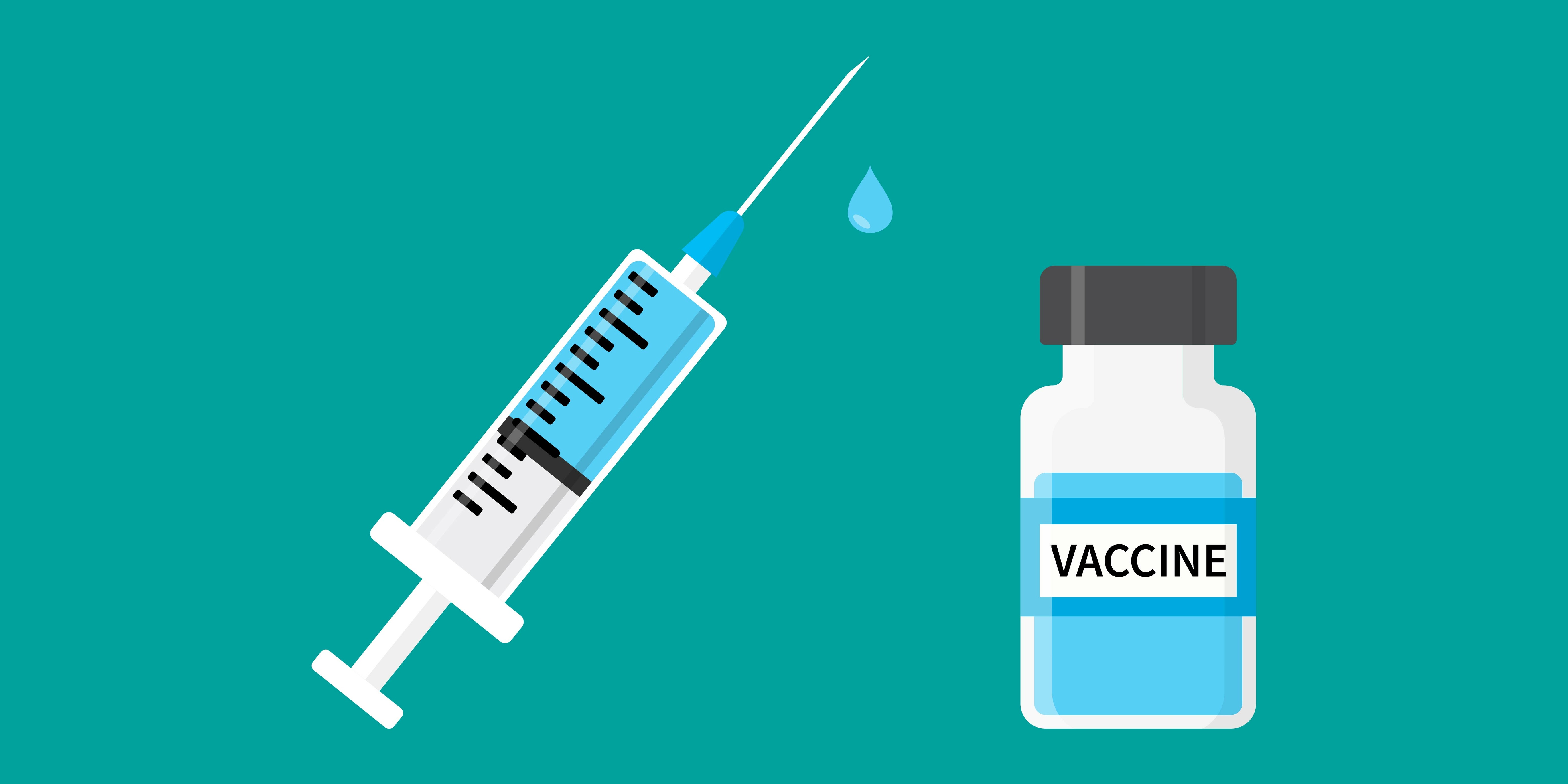
Influenza is once again rearing its ugly head in the United States. As of mid-January, the Centers for Disease Control and Prevention (CDC) estimates that there have been more than 10 million illnesses, 110,000 hospitalizations, and 6500 deaths from influenza so far this season (1). It is therefore timely that a recent article in Annals of Internal Medicine provides valuable advice on how to improve influenza vaccine uptake among patients (2). The authors further reiterate how dangerous influenza virus can be, especially among certain populations. Fortunately, we have a defense. The article describes how the vaccine is highly effective against severe negative outcomes. In describing specific techniques to increase uptake, the authors mention the SHARE method developed by the CDC, which includes the following steps: Sharing why the influenza vaccine is right for the patient, Highlighting positive experiences with the shot, Addressing patient concerns, Reminding patients they can protect family members, and Explaining the cost of contracting flu. This framework is simple and memorable, and it can easily be implemented in the clinical setting.
Despite the valiant efforts of countless individuals and organizations, many patients have developed strongly held negative opinions about immunization in response to the messenger RNA (mRNA) technology used in today's major COVID-19 vaccines (3). Early this flu season, I was rotating in our internal medicine clinic with only 3 patients left to see. I entered the exam room to find a 60-year-old gentleman from rural Alabama. On review of his chart, I noticed he had received the influenza shot for about 4 years in a row many flu seasons ago. No recent immunizations were noted for the past couple of years. It was our goal to make sure every eligible patient was offered vaccination against flu. After his typical clinic visit, I quickly offered the patient his yearly flu shot and said the nurse would be happy to come in and give that to him today. His attitude rapidly shifted. In a sharp tone, he said he did not get vaccines and did not want them—ever. I reassured him this was entirely his decision and shared why the influenza vaccine was right for him, with rates already starting to climb in our community. I also mentioned that he had been getting flu shots in the past with us. Glaring, he explained he could not possibly see any needles as the last time a nurse came with a needle, he promptly panicked, immediately grabbed their arm in an apparently violent fashion, and threw the syringe onto the floor. His wife had to calm him down. I now realized the cause of his long lapse in influenza vaccinations.
I said he was fully in charge, that no one was going to display any needles without asking him first, and decided to try a different approach. I said that the COVID-19 mRNA vaccine was completely different from the typical flu shot, which is usually grown in a chicken egg. As the authors of the Annals article point out, the influenza shot has been around for a very long time (over 70 years!). The room began to settle. "So, what do you think about getting that flu shot today? I'll ask them not to flash any needles," I said. He agreed. I thanked him, briefly reflected on this unique visit, and went to the next room. Therefore, I feel we should consider how explaining the differences between mRNA and traditional influenza vaccines might improve flu vaccination with very hesitant patients who feel that mRNA vaccination technology is just too novel to trust at this point (4).
References
- Centers for Disease Control and Prevention. Weekly U.S. Influenza Surveillance Report. Accessed at www.cdc.gov/flu/weekly on 5 January 2024.
- Tenforde MW, Dawood FS, Ellington SR, et al. Communicating the value of influenza vaccines to patients: translating vaccine effectiveness to acceptance. Ann Intern Med. 2023;176:1670-1671. [PMID: 38011706] doi:10.7326/M23-2802
- Yasmin F, Najeeb H, Moeed A, et al. COVID-19 vaccine hesitancy in the United States: a systematic review. Front Public Health. 2021;9:770985. [PMID: 34888288] doi:10.3389/fpubh.2021.770985
- Leong C, Jin L, Kim D, et al. Assessing the impact of novelty and conformity on hesitancy towards COVID-19 vaccines using mRNA technology. Commun Med (Lond). 2022;2:61. [PMID: 35664455] doi:10.1038/s43856-022-00123-6




No comments:
Post a Comment
By commenting on this site, you agree to the Terms & Conditions of Use.